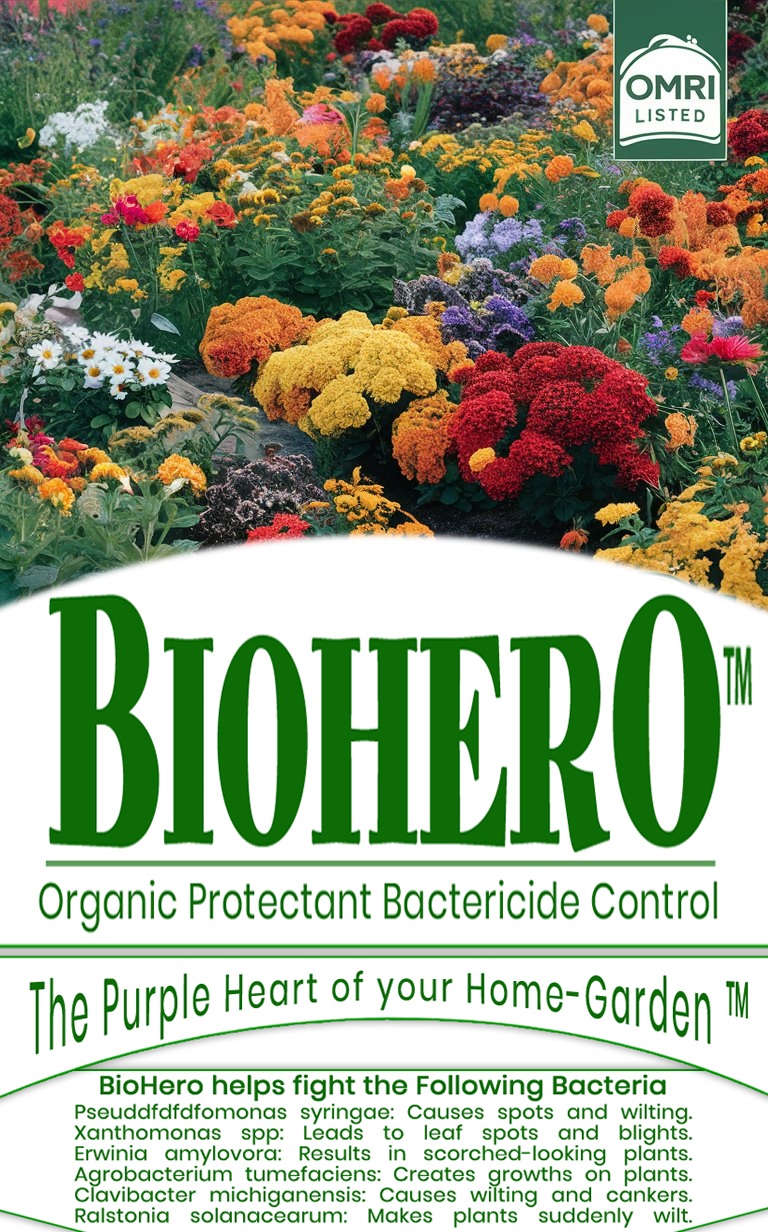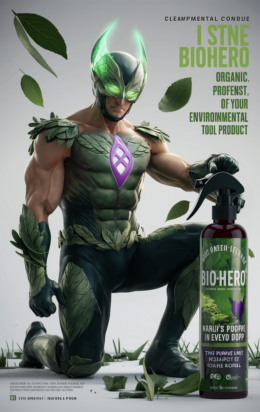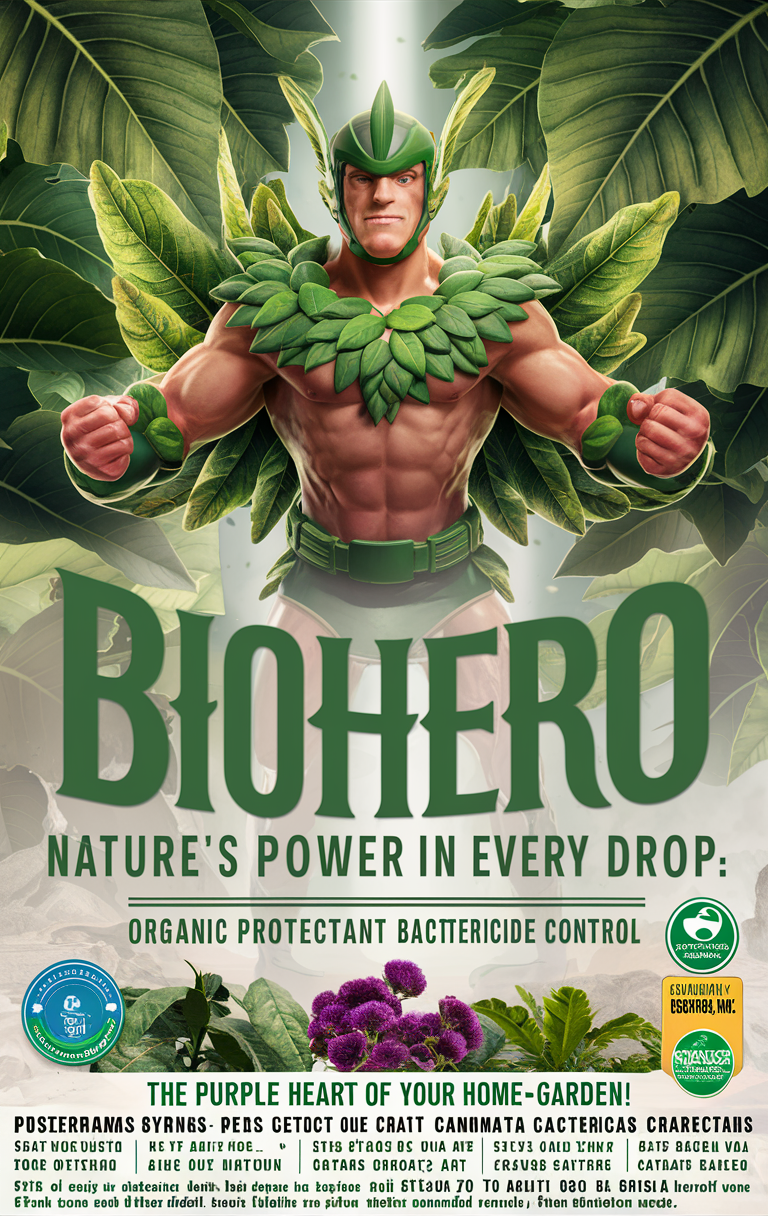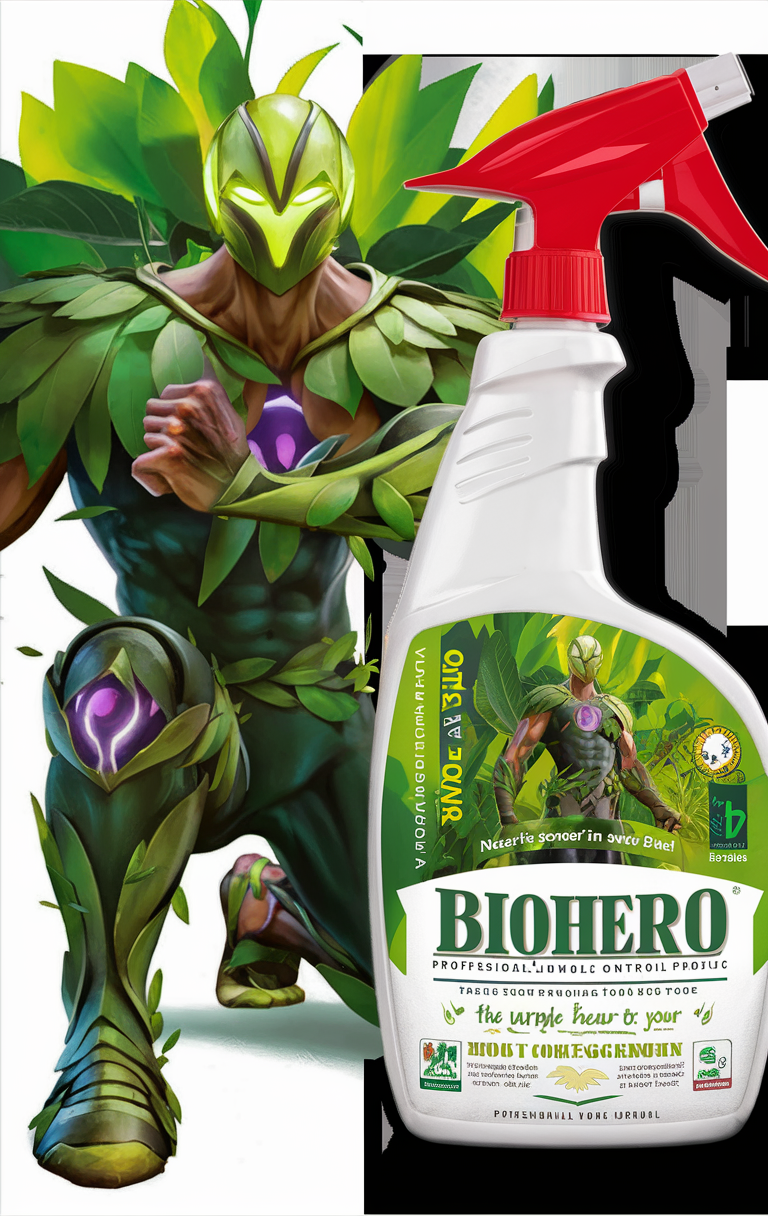Mealybugs
**Mealybugs** are classified as pests. Here is detailed information about them:
– **Category**: Pest
– **Description**: Mealybugs are small, soft-bodied insects that belong to the family Pseudococcidae. They are typically covered with a white, powdery or waxy coating, which gives them a distinctive cotton-like appearance. Mealybugs can infest various parts of plants, including stems, leaves, roots, and fruits. They are known for forming large colonies and can be found in both indoor and outdoor plants.
– **Impact**: Mealybugs cause significant damage to plants by feeding on plant sap. They use their piercing-sucking mouthparts to extract nutrients from the plant, leading to various adverse effects:
– **Yellowing and Wilting**: Infested plants often exhibit yellowing leaves, wilting, and general decline in vigor due to the loss of nutrients.
– **Stunted Growth**: Mealybug infestations can stunt the growth of plants and reduce their overall health and productivity.
– **Honeydew and Sooty Mold**: Mealybugs excrete a sticky substance called honeydew, which can lead to the growth of sooty mold. This black fungus can further block photosynthesis and damage the plant’s appearance.
– **Leaf and Fruit Deformation**: Feeding by mealybugs can cause leaves and fruits to become distorted and drop prematurely.
– **Secondary Infections**: The wounds created by mealybugs can make plants more susceptible to other pests and diseases.
– **Control Methods**: Effective management of mealybug infestations involves a combination of cultural, mechanical, biological, and chemical controls:
– **Cultural Control**: Keeping plants healthy by providing proper nutrition, watering, and spacing to reduce stress and make them less susceptible to infestations. Inspect new plants before introducing them to the garden or indoor environment.
– **Mechanical Control**: Physically removing mealybugs by wiping them off with a cotton swab dipped in alcohol or by using a strong stream of water to dislodge them.
– **Biological Control**: Introducing natural predators such as lady beetles (e.g., Cryptolaemus montrouzieri, also known as the mealybug destroyer), parasitic wasps (e.g., Anagyrus pseudococci), and other beneficial insects that feed on mealybugs.
– **Chemical Control**: Applying insecticidal soaps, horticultural oils, or systemic insecticides. Horticultural oils and soaps can smother mealybugs, while systemic insecticides can provide long-term control by being absorbed into the plant and affecting the feeding mealybugs.
In summary, **mealybugs** are significant pests that can cause extensive damage to a wide variety of plants. Effective management requires an integrated approach that includes cultural practices, mechanical removal, biological control, and chemical treatments to keep infestations under control and maintain plant health.
-
BioHERO organic bactericide targets resistant bacterial strains effectively. Crafted with a potent blend of plant essential oils, including 40% Cinnamon Oil and 10% Clove Oil, combined with surfactants and stabilizers, BioHERO readily kills most bacterial strains. Moreover, to ensure optimal results, BioHERO organic bactericide should be used in rotation with other bactericides. Additionally, BioHERO is OMRI Listed®, guaranteeing its adherence to rigorous organic standards.
Transitioning to its application, optimal results require use in rotation with other bactericides. Moreover, BioHERO’s OMRI Listing guarantees adherence to rigorous organic standards, ensuring eco-friendly pest control. This certification underscores BioHERO’s commitment to providing safe and sustainable solutions for gardeners. With BioHERO, gardeners can confidently tackle bacterial threats while maintaining a healthy and environmentally friendly gardening environment.
Mixing Instruction
BioHero™ finds application in both agricultural and residential areas, safeguarding crops, ornamental plants, and landscapes from pest infestations. Its versatile nature allows for widespread use across diverse environments.
- Final Mix Volume 1 Gallon: 0.5 FL. Oz. or 1 Tbs of BioHero Concentrated
- Final Mix Volume 5 Gallon: 2.4 FL. Oz. or 5 Tbs of BioHero Concentrated
- Final Mix Volume 10 Gallon: 4.8 FL. Oz. or 10 Tbs of BioHero Concentrated
- Final Mix Volume 25 Gallon: 12 FL. Oz. or 20 Tbs of BioHero Concentrated
- Use Rate Recommendations for BioHero RTU (Ready to USe): Apply at a rate of 16 – 32 oz/acre. BioHero™ embodies excellence as a repellent and insecticide, providing a comprehensive solution for Land, Patio, Home, and Garden areas.
Application Time Ratios
- BioHero CTU containers dilute 0.5-1.0oz on a Gallon of water to cover 1,000 sqft, this 32 oz container will produce 32,000 sqft to 64,000 sqft., 1 Gallon container will cover 3 Acres to 6 Acres. For RTU containers Spray directly over insects or around areas to protect. Shake well before use. Wash hands after application to avoid ingestion.
Size : 1 Gal RTU - 32oz RTU - 16oz CTU










